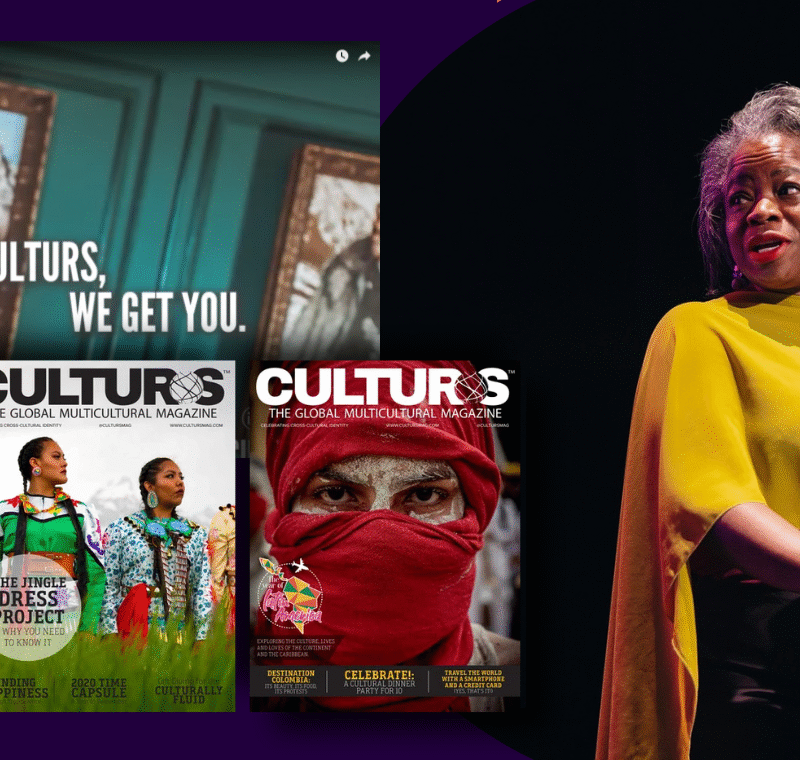Time Inc. chief content officer Alan Murray on content priorities
Murray was appointed Time Inc.’s chief content officer (CCO) in July last year – a long way up from his start in journalism as business and economics editor of the Chattanooga Times.
In between, other roles included president of the Pew Research Centre, hosting a show on CNBC, and spending more than 20 years at the Wall Street Journal, where among other roles he oversaw digital operations and the Journal’s Washington bureau.
In addition to this role as Time Inc.’s CCO, Murray (on Twitter as @alansmurray) also remains as editor-in-chief of Fortune, a position he has held since 2014.
Being chief content officer
Aside from media companies, we have seen the adoption of the title chief content officer (COO) in the marketing world in particular, mostly on the back of the explosion of content marketing.
We asked Murray how he sees the role of chief content officer, and how it differs from the role of editor or editor-in-chief. “The title mainly reflects the incredible diversity of content we now produce,” Murray says. “At Time Inc., we publish 1,000 pieces of content every single day, ranging from stories to videos to data visualisations to Snapchat postings.
“The old title of ‘editor’ was apparently seen as too limited for the new world of digital journalism, but at the end of the day, the responsibilities are pretty much the same. I oversee Time Inc.’s editorial staff and its editorial policies and standards, and I am responsible for upholding our commitment to quality journalism and storytelling.”

Above: Time Inc.’s People Snapchat screeshots
Top content priorities
“Continuing to develop our digital chops and building out video across all channels,” is the one thing Murray would focus on if forced to do only one thing in 2017. This path is in fact already set, as borne out not only in recent metrics, but also new launches.
“We became one of the 10 largest internet companies in December according to comScore, but we still have a ways to go to complete our transition,” says Murray. “We recently also launched three new digital brands — Coinage, Time Health and Well Done, two of which are video first — that speak to the way we’re expanding our digital presence this year.
Related: Time Inc. launches Well Done a new, all-video, social brand

“We’re looking at our brands from an enterprise level and are creating new channels around the topics that our audiences care most about.”
The success of content strategies is then measured both in terms of building audience scale as well as quality of engagement. “In a world of Facebook and Google, scale matters. But engagement also matters. We strive for both,” Murray explains.
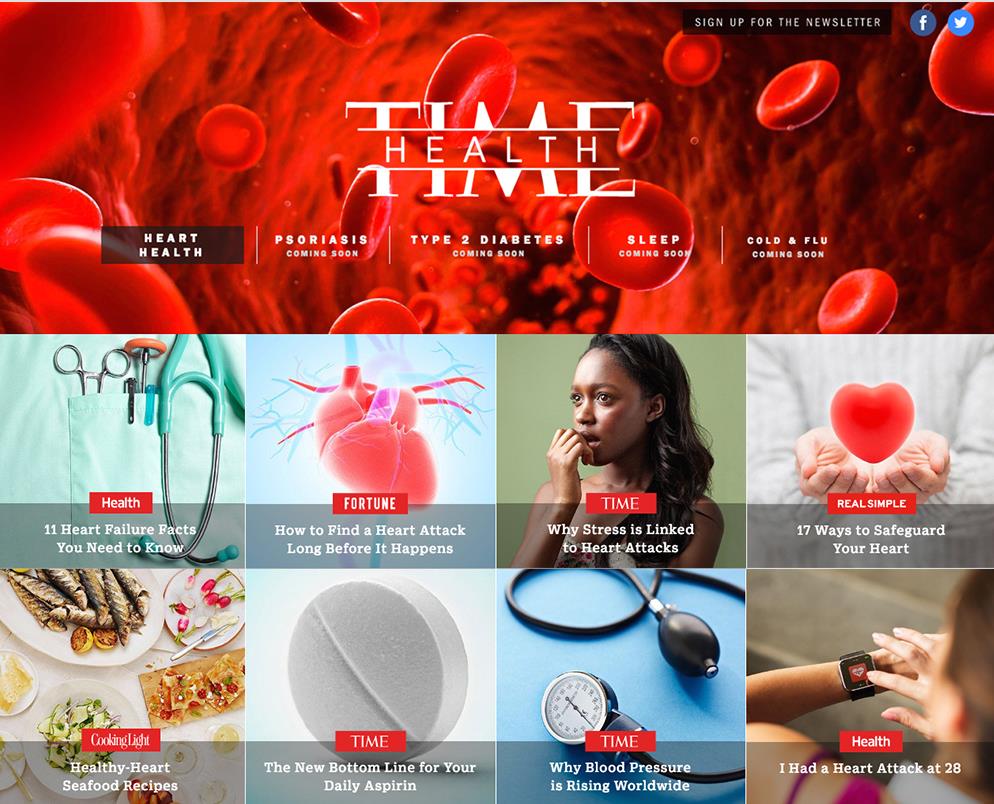
The ‘job’ of content
There is an argument that from being part of a packaged product (such as a magazine), content is now part of a service, existing to establish and foster brand and peer-to-peer connections, which is where value is created.
In this worldview, even quality content is utility, a means to an end. Whereas in the past when a story was published, it was to an extent “job done”, while now it is “the starting point” for ever-wider and deeper engagement. This then could make for a clash in cultures between legacy and new media types – impacting the ability for legacy media companies to thrive in today’s world.
Murray says he “agrees with that statement to an extent. Interacting with our audiences is part of what makes digital journalism so rich and exciting, and audience engagement is certainly critical to our success.” However, that doesn’t absolve the journalist from the responsibility for making sure the initial report is accurate. At Time Inc., we don’t publish stories until we know they are right. Some of our competitors seem happy to start with rumour or half-fact and let the story evolve from there.”
Trust in media brands and their journalism
This leads naturally to the topic of fake news, the topic of so much conversation in recent months. Murray believes trust in media brands and the quality of their journalism have an important role to play – perhaps an important reason why content should not be seen as of purely utility value. “At Time Inc., we’re known for the trusted journalism we produce. Now, more than ever before, it is critical for us to maintain that trust with our audience. Our audiences continue to trust our brands because of their reputation for accuracy and strong standards of verification.”
Telling proper stories
On the whole, “good storytelling” is core to Time Inc.’s DNA. It is “powerful because it is engaging and accurate, and it attracts audiences across all platforms. Whether in print, online or through video, our brands provide engaging, thoughtful pieces that appeal to the interests of their audiences.”
Moreover, “because of Time Inc.’s legacy, our iconic brands have access to some of the most important people, groups and experts in the world,” translating back into the stories value they produce to their audiences.
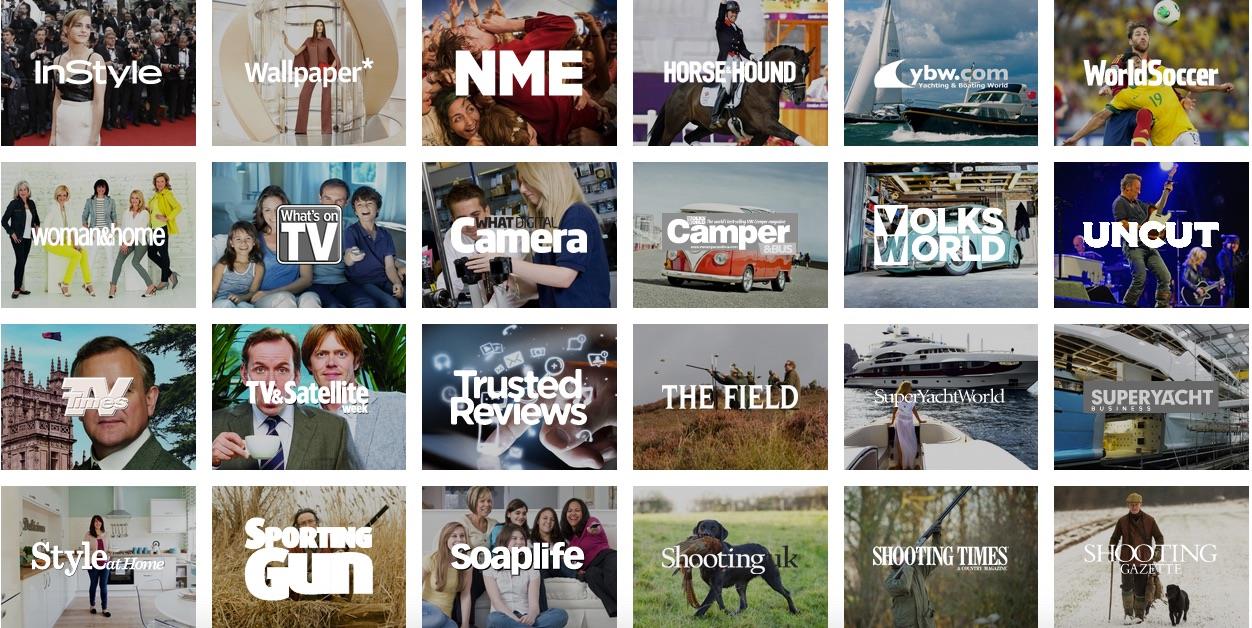
Relationship with platforms
Follow the edict of going where the audiences are, Murray’s teams are “expanding [their] partnerships with various platforms.”
Snapchat is a big focus area. “Essence and EW recently launched weekly editions on Snapchat’s Discover. People, which has a successful daily edition on the platform, was an original partner when Snapchat launched Discover two years ago.
“Bringing more of our brands to the Snapchat platform is strategically important to our ongoing drive to produce new storytelling and to seize monetisation opportunities on new platforms for new audiences,” says Murray.
Overall, Time Inc. brands have “already built a social media footprint of more than 245 million fans and followers, which we will continue to grow and develop this year.”
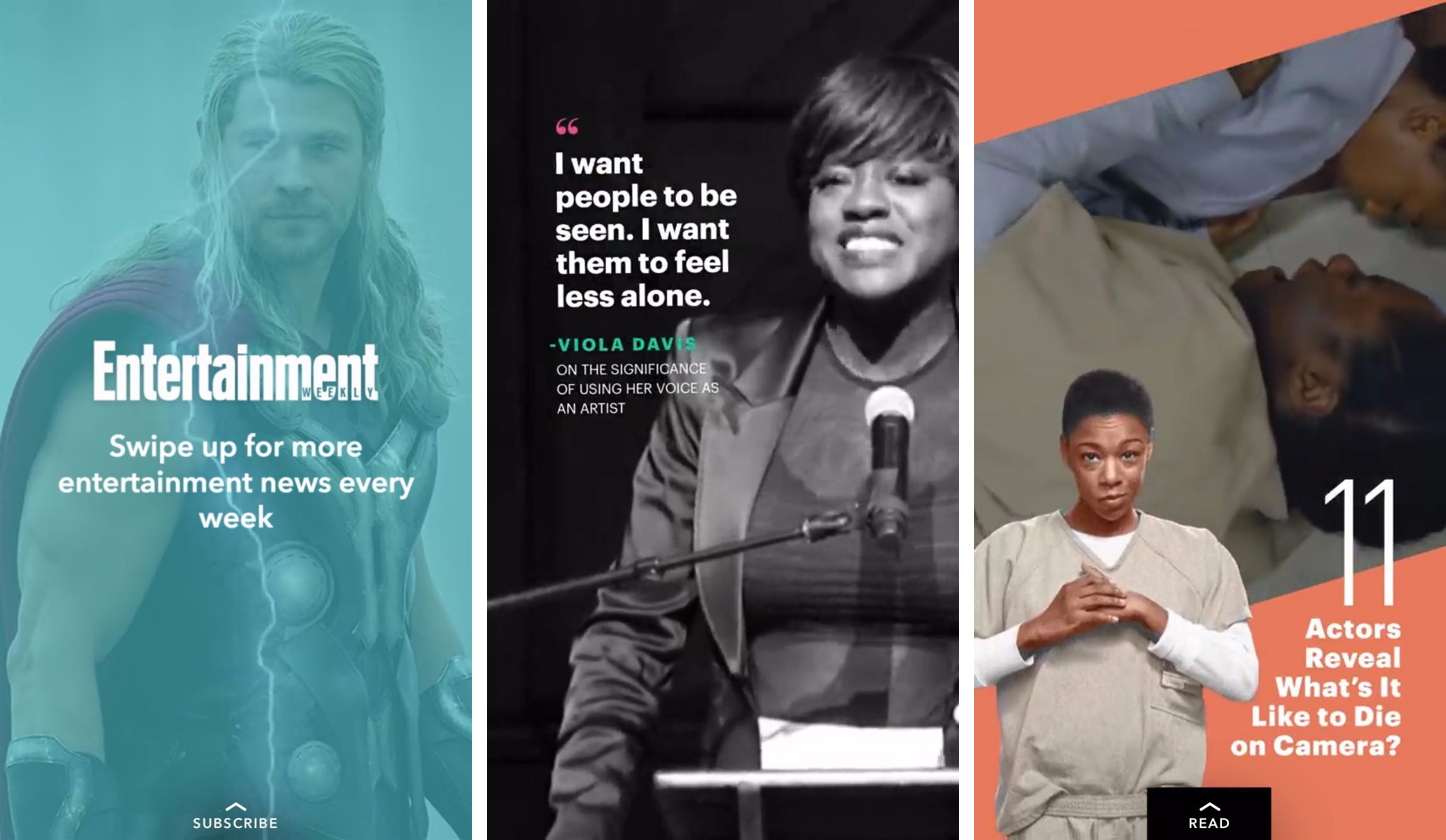
Above: Time Inc.’s EW Snapchat screeshots
The continued role of print
“Print is a critical part of our business. Our magazines and quality journalism constitute a powerful platform for engaging and targeting consumers despite the dynamic forces in the industry,” he says.
“An example of the power of our print products is the growth we’ve seen in our bookazine business, specifically strong performance from tributes, including those for Prince, David Bowie and Muhammad Ali, and other topical events, like the Chicago Cubs winning the World Series.”

Newsroom efficiencies
As important a development as reaching out to audiences across platforms with a variety of means – but perhaps not as “press-friendly” a story as those – is the backroom efficiencies media companies can build into content production processes today.
According to Murray Time Inc. earlier this year “rolled out digital desks that fully leverage—and continue to grow—Time Inc.’s digital audiences with efficiency and scale.
“The core of this structure is 10 desks covering topics where we have particular strength as a company. An editor who has cross-brand responsibilities in addition to his or her current role leads each desk.
“These editors are charged with three main objectives:
• “Growing the overall Time Inc. audience for their topics;
• “Generating high-impact cross-brand ideas and new digital franchises; and
• “Coordinating coverage across brands.
“These desks also create efficiencies by encouraging cooperation among brands,” he explains.
Newsroom roles
On top of creating efficiencies, roles in the newsroom are also changing. “Our newsrooms are expanding in terms of the different types of people and roles that we’re searching for.
“We’re committed to hiring creative, curious thinkers who are passionate about Time Inc.’s iconic brands. [For example,] We recently hired Ruthie Friedlander, site director for InStyle.com, for her original voice and expertise in digital. Jon Hawkins, our VP of growth, joined Time Inc. with 10 years of building SEO for brands.”
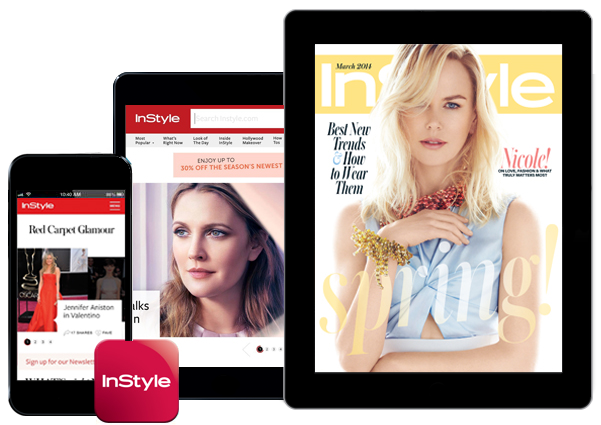
Photo: timeinc.com
Designed for unifying cultures
Time Inc. holds not only iconic brands in its portfolio, but also ones brought to life more recently – a potential recipe for culture clashes. While “each of our brands has its own personality and dedicated audience, we operate as a unified Time Inc.,” explains Murray.
“Our physical space has played a large role in developing a unified culture while maintaining individual brand voices. When we moved our headquarters from the iconic Time and Life building to Lower Manhattan last year, we did so with the intent of fostering a greater sense of community and more collaboration across our company. The open floor plans and numerous collaborative spaces trigger great creativity and innovation across brands and departments.”
New technology that excites
Finally, we asked Murray – who wrote in Fortune.com in January this year “we are all technology companies now” – what new technology excites him most from a content point of view.
“I am fascinated by the rapid development of voice as the interface for information, as demonstrated by the proliferation of devices at CES 2017 [the Consumer Electronics Show] that integrated with the Amazon Echo.”
Hear-hear.
More like this
Time Inc. UK brands continue to expand reach
How Meredith fuels its revenue growth across channels
Time Inc. reports financial results for Q4 and year ending 31 Dec 2016
How Hearst UK is developing ‘Events-as-a-Service’
Time Inc. launches Well Done, a new, all-video, social brand
How this magazine uses events and video to augment its content strategy


